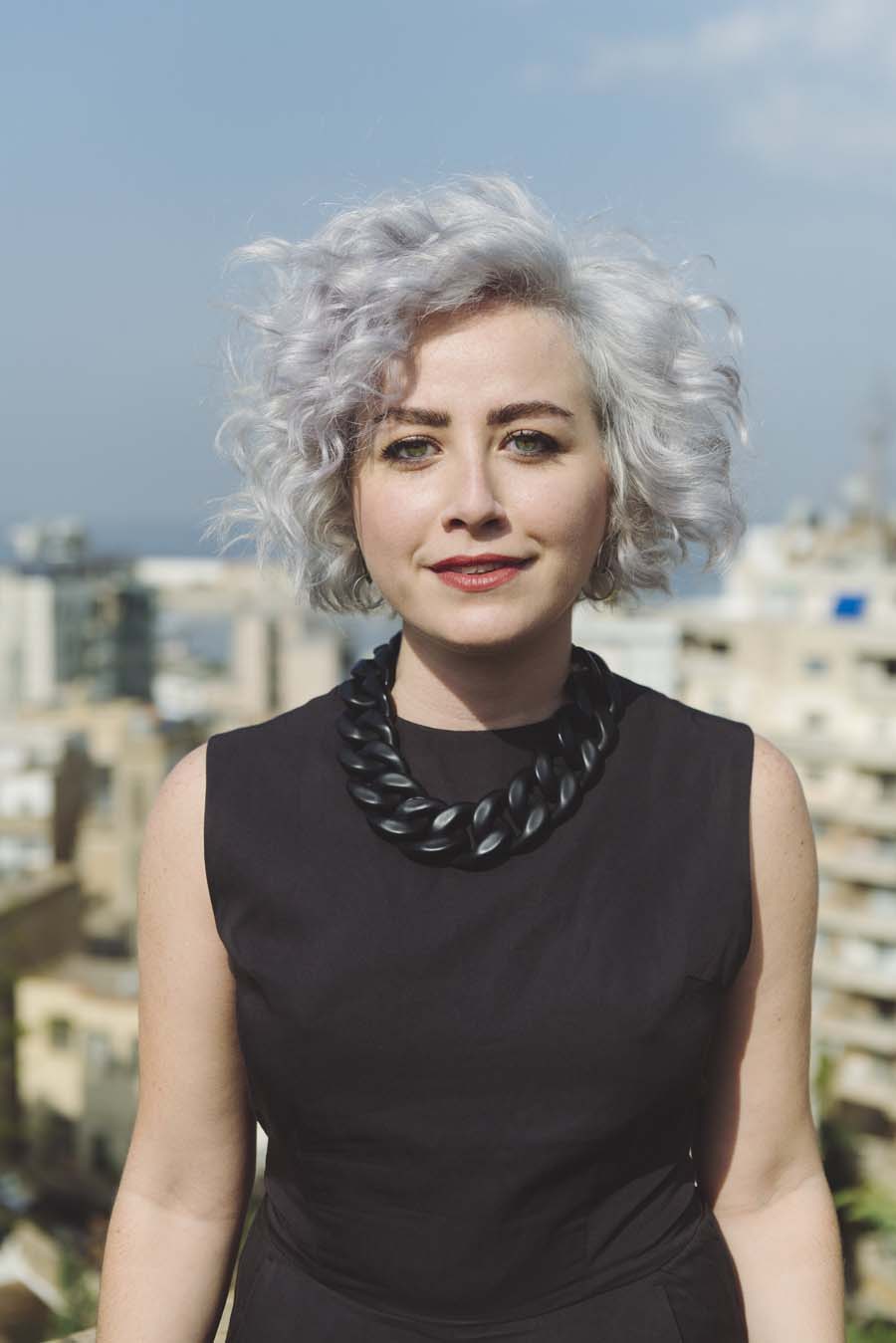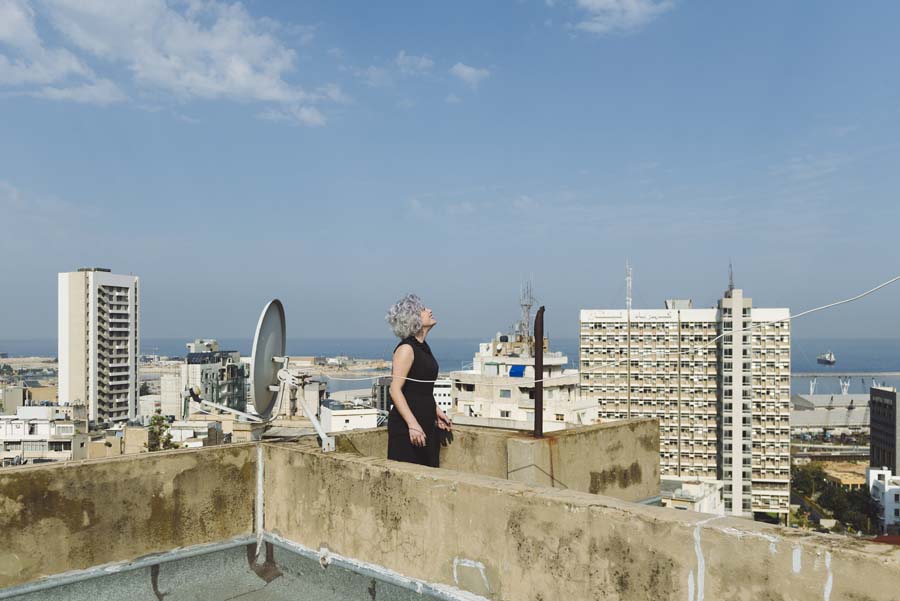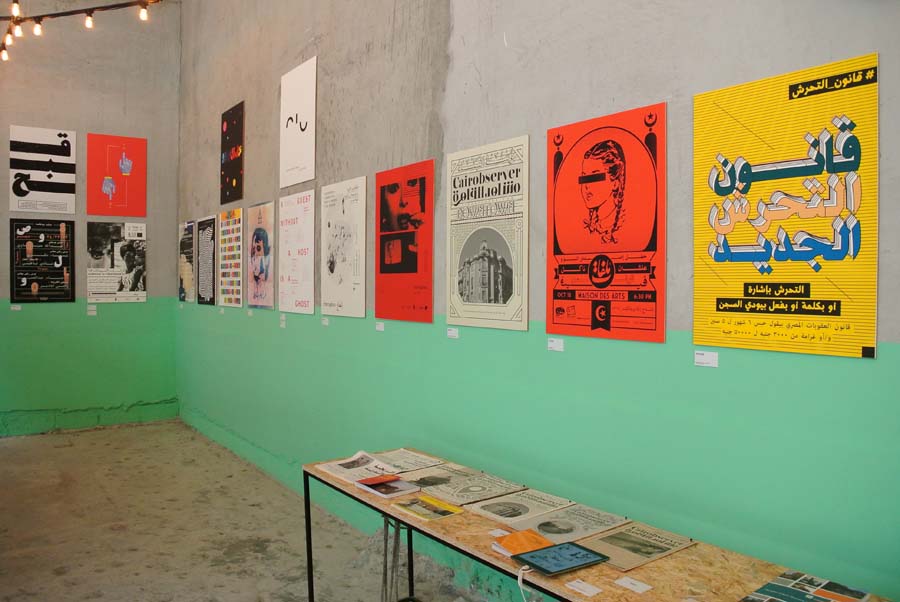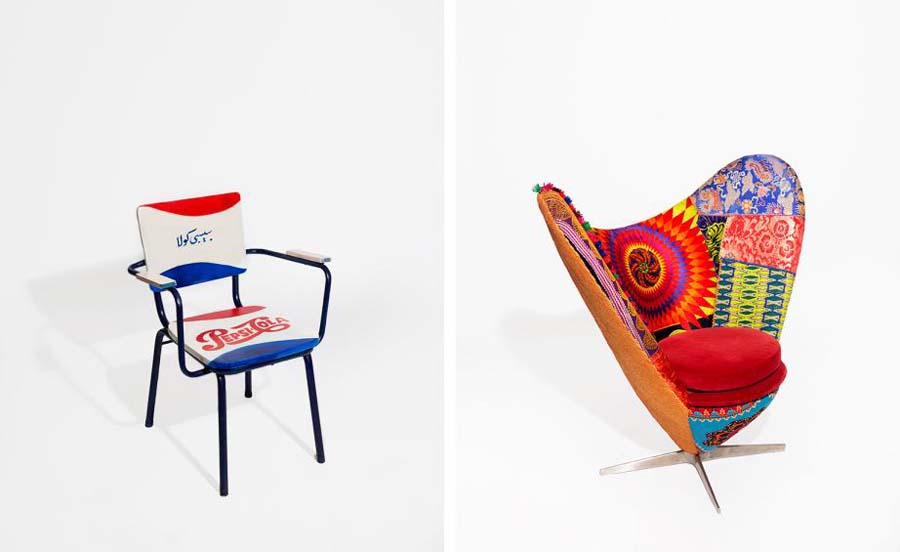
January 29, 2018
Doreen Toutikian is Shaking Up Beirut’s Design Scene
Through Beirut Design Week and other initiatives, Toutikian has restored Beirut to its rightful spot as a leader in design and architecture.

Beirut is now securely on the international design map. Six years after the first Beirut Design Week (BDW) opened in 2012, Doreen Toutikian, cofounder and president of its board, finally feels confident: “Next year we are changing the whole game, moving to the next phase. It’s finally the kind of design week we have always wanted, totally community-led.” This means open calls for exhibitions, experimental interventions, and public installations themed around citizen rights, movements, and the city.
The Lebanese capital has always been a major design influencer for the region: The inaugural Dubai Design Week in 2015 had an exhibition showcasing Beirut’s design and architectural legacy, and shows from BDW have traveled to design weeks across the Middle East. It has been a challenging process to build a critical discourse around design in a formerly war-torn country that is as complex as it is chaotic, but all good design relies on an iterative process.
“I was only 25 years old when I started, super excited but quite naive. I didn’t get the support from any of the established designers I presented the idea to,” Toutikian says.
But she never gave up, even with all the harsh criticism directed at her. “In 2012 I had a journalist call me and ask me what I thought about the fact that established designers were questioning why I would be doing their design week. They were asking, ‘Who are you? What are your credentials?’”
Toutikian, like many others in her country, left for Germany during the 2006 Lebanon War to pursue a graduate degree; she ended up writing a book, Design Education in the Middle East, that won the Cologne Design Prize in 2010. Her focus was on design for social issues and communities—a blueprint of what she felt needed to be done in the Middle East and North Africa (MENA) region. She came back to Lebanon in 2010 to apply her findings and started the MENA Design Research Center.

Beirut Design Week was born there as a collaboration with designer Vrouyr Joubanian. “That’s what makes it so interesting,” says designer and educator Marc Baroud. “It’s not a typical design week that you may see in other cities; it leans on the educational and critical side, which is what makes it quite particular.” Toutikian and Baroud hold the same long-term vision for the growth of the design industry in the country—building a creative ecosystem. It’s a slow process in a region that can hardly agree on a broad-enough definition for design.
“In 2012, the opening of BDW was at the Ministry of Culture in Hamra,” Toutikian remembers. “Everybody came expecting to see luxury chairs and furniture, but it was all social projects. Everyone was confused: ‘How is this design? Is this design even?’” Some designers in Lebanon wanted a replica of Milan Design Week, while others demanded exclusivity. Trying to define an identity for the Beirut design scene is complicated. Renowned architect Bernard Khoury talks about the challenges of putting all local designers under one umbrella: “This issue goes beyond design. We have no nation-state, no common history. It’s very difficult to talk about the Lebanese project especially in the postwar era.”
Toutikian had to contend with a lot of criticism and doubt, but year after year she got people to slowly accept the idea, open up, and take the event more seriously. By 2015, BDW had begun transforming the whole city for a week, and that’s when Toutikian and her team started applying themes. 2015 was about “Social Beings,” thinking about the social aspect of design. 2016 was themed “Growing Sustainably.” The very timely theme for last year was “Is Design a Need?”
It’s an arc of topics that makes a lot of sense for Beirut, a city of beautiful contradictions in a very small space—from one street to another, conditions are poles apart. “The situations and problems are extreme and subsequently create unique relationships to public spaces, to institutions, to state, to power,” Khoury explains. “Surviving in Beirut requires a great deal of immunity and resistance- evoking mechanisms of survival that aren’t part of the game in more stable or secure environments.” Baroud adds, “We never had a public-service sector in Lebanon, so people have created their systems and subsystems, and that is extremely interesting to look at.”
As the local design market grows, BDW will only have bigger opportunities. “Beirut can’t compete on the industrial or technological side. What we can do is look at the social-critical aspects of design and excel there,” Toutikian says. “Critic Hugo Macdonald came to our last BDW, and I was very proud when I heard him say, ‘I just came from Milan Design Week to Beirut and Milan looked so shallow in comparison!’”
Doreen Toutikian is one of Metropolis’s 2018 Game Changers—read about the others here.










